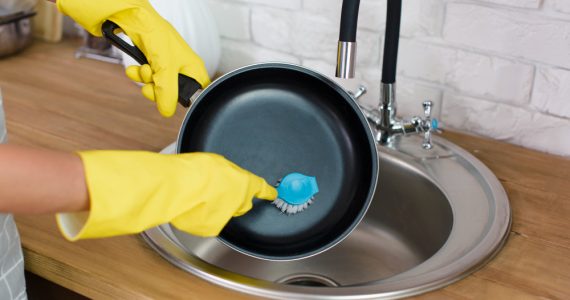We’d be lying if we said that we didn’t dream of becoming an astronaut when we were kids. Now that we’re adults, that dream is beyond our reach, but at least we can wonder what it actually takes to put on a spacesuit and be blasted into Earth’s atmosphere, far far away from the troubles of this planet.
Who gets to go to the moon or take a trip to the space station? NASA has some rigorous requirements for its astronauts and you might want to know them in case you’re planning to send an application for your kid one day.
The idea of defying gravity and exploring the hidden secrets of the universe fascinates many of us, yet, very few people are equipped with the skillset needed for becoming an astronaut.
There’s no arguing that it is a tough job, which requires a lot of personal sacrifices like not seeing your loved ones for months or even years on end, and not knowing where the future might lead you.
So far, only 12 people have managed to land on the moon in the history of space travel, but that is about to change very soon. NASA has announced its plans for the next exciting mission in 2024 which will see the first-ever female astronaut to land on the moon.
NASA is also pushing the boundaries of space travel by announcing a trip to Mars in the near future, which could potentially become the farthest we’ve ever traveled in our galaxy.
Needless to say, aeronautics is going to be a busy industry in the future, and NASA could use all the help it can get through fresh recruits who might one day man a spaceship to the moon… and even beyond.
Here’s what it actually takes to be recruited by NASA as one of the crew members on the International Space Station, a space laboratory that orbits the earth and is home to groundbreaking scientific research.
To start off, applicants need to have a Master’s degree in STEM, engineering, or science & technology. Even after completing their education, they must pass a training course, a physical and several rounds of interviews.
Furthermore, applicants must be citizens of the United States, have a two-year work experience towards the doctoral program, and at least 1000 hours of pilot program for flying a jet aircraft. NASA only interviews the most highly qualified applicants who exhibit teamwork and leadership skills.




